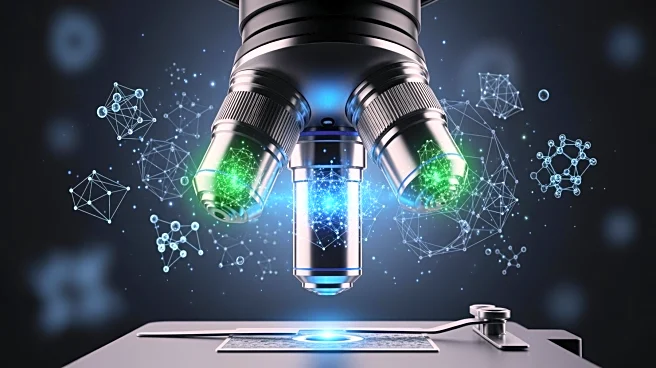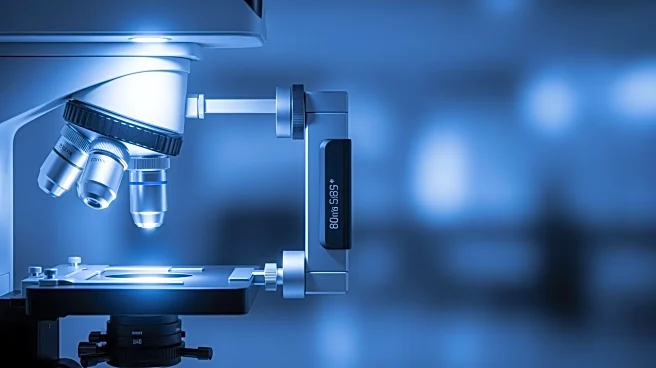What's Happening?
Researchers at the University of Tokyo have developed a new dual-light microscope that allows observation of micro- and nanoscale activity inside living cells without the use of dyes. This innovative system
combines quantitative phase microscopy and interferometric scattering microscopy to capture detailed structures and tiny moving particles simultaneously. The technology provides a comprehensive view of cellular behavior, enabling long-term imaging without harming cells. This advancement could benefit pharmaceutical and biotechnology testing and quality control by offering a more complete understanding of cellular processes.
Why It's Important?
The development of the 'Great Unified Microscope' represents a significant leap in cellular imaging technology, offering researchers a powerful tool to study living cells in unprecedented detail. By eliminating the need for dyes, the microscope preserves cell integrity, allowing for more accurate observations over extended periods. This could lead to breakthroughs in understanding cellular mechanisms, potentially impacting drug development and disease research. The ability to observe both micro and nanoscale activities simultaneously enhances the scope of biological research, providing insights that were previously unattainable.












